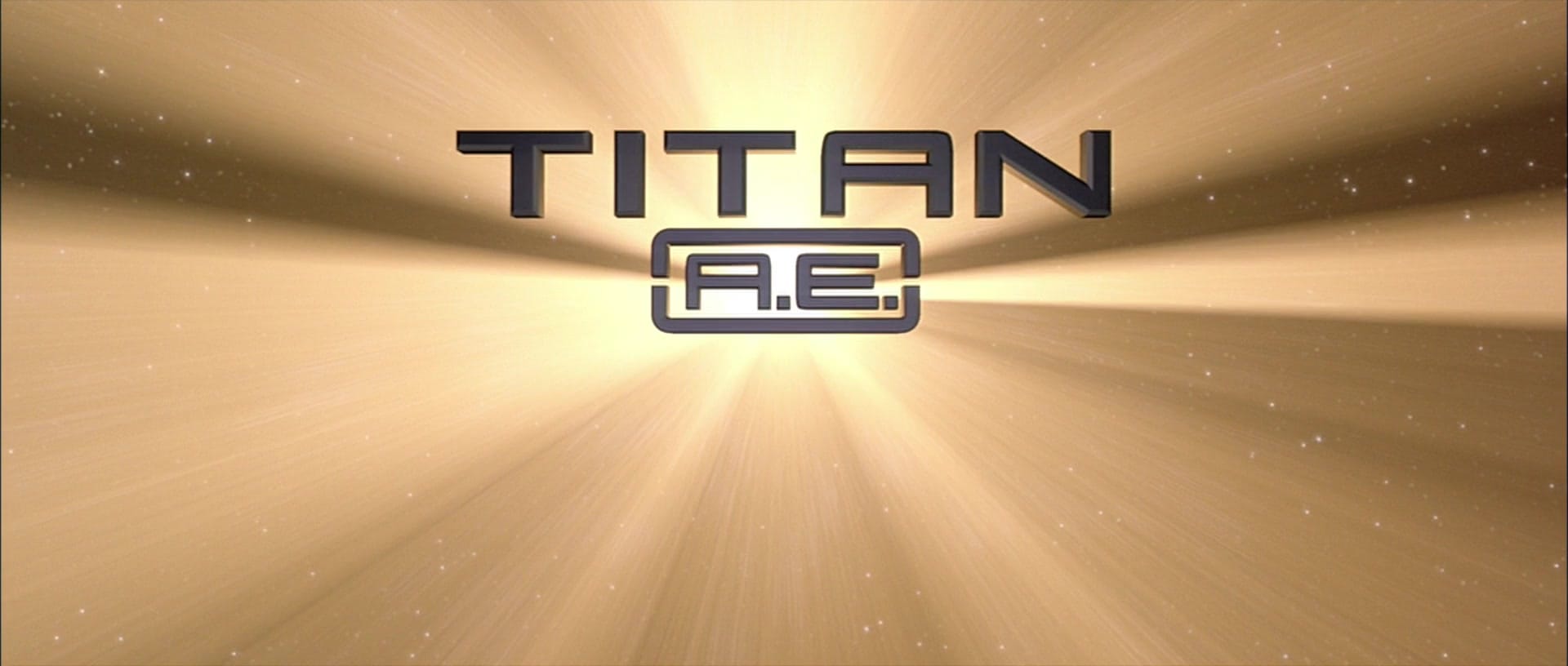This is Part 2 (of 3) of an essay discussing Hyper Realism is located, organised, constructed and applied within Titan A.E. (Bluth & Goldman, 2000).
Read Part 1 by following the link below…

Titan A.E. (2000) contextualised
How is Hyper Realism is located, organised, constructed and applied within Titan A.E. (2000). Part 1: Contextualising Titan A.E.
Paul Wells’ notes on hyper realism discuss differences between two and three-dimensional animation, highlighting how two-dimensional cel-animated scenes aren’t as experimental as three-dimensional animation:
Later, when discussing Art Clokey’s thoughts on clay animation (in Frierson, 1993), Wells sates: “Three-dimensional animation, in his view, is therefore, more ‘real’ as it is executed in a real world space and enables animators to work in essentially ‘live-action’ conditions, but with greater creative freedom and control.” (1998, p. 57).


Between 1:01:26 and 1:07:26 in Titan A.E., after being stranded by Korso at a drifter colony, Cale and Akima have repaired and launched an old spaceship to try and find the lost Titan spaceship before Korso and his crew. They enter a large ice crystal field, pursued by Korso, and narrowly escape, leaving Korso to take evasive manoeuvres and lose his mark. This sequence features a mixture of traditional 2D cel animation, computer generated 3D animation, and a mixture of the two combined. Previously discussed notes on hyper realism can be applied to this sequence:
Wells discussed how “[the camera] movement tends to be limited to lateral left-to-right pans across the backgrounds or up-and-down tilts examining a character or environment” (p. 37), but this sequence explicitly counters this observation. As Korso moves through the bridge of his spaceship, the camera view is moving fluidly with him, and when Stith is at her weapons console the camera view is rotating around her. This is all occurring within the confines of the spaceship’s bridge, allowing a viewer to feel more than just a fly on the wall with simple left-right or up-down camera movement, but rather feel as part of the action.

Continue reading part 3 (of 3) by following the link below…

Realism and constructing belief in Titan A.E. (Continued)
How is Hyper Realism is located, organised, constructed and applied within Titan A.E. (2000). Part 3: Paul Wells’ notes on Hyper Realism (Continued).
- [A ship undocks from the station]. (n.d.). Retrieved 20 January 2025, from https://www.imdb.com/title/tt0120913/mediaviewer/rm519117825
- Bluth, D. & Goldman, G. (Directors). (2000). Titan A.E. [Animation]. Twentieth Century Fox Animation; David Kirschner Productions; Fox Animation Studios.
- Cottrell, W., Hand, D., & Jackson, W. (Directors). (1937). Snow White and the Seven Dwarfs (Animation). Walt Disney Animation Studios.
- Ferguson, N., Geronimi, C., & Kinney, J. (Directors). (1944). The Three Caballeros [Film]. Walt Disney Animation Studios.
- Fischinger, O. (Director). (1933). Kreise [Animation]. Fischinger Studio.
- Frierson, M. (1993). Clay comes out of the inkwell: The Fleischer Brothers and clay animation. Animation Journal, 2(1), 4-20.
- Furniss, M. (2007). Art in Motion – Animation Aesthetics (2nd ed.). John Libbey Publishing Ltd.
- Sudlow, J. (2021). Retrieved 20 January 2025 from https://blog.animationstudies.org/?p=4248
- [The ship enters the ice field]. (n.d.). Retrieved 20 January 2025, from https://www.imdb.com/title/tt0120913/mediaviewer/rm2599427073
- [The Three Caballeros combined live action and animation]. (n.d.). Retrieved 20 January 2025, from https://www.imdb.com/title/tt0038166/mediaviewer/rm1820767233
- Warhol, A. (Director). (1964). Sleep [Film]. US: Whiteroad.
- Wells, P. (1998). Understanding Animation. Routledge.
APA7
Cable, J. (2025, Feb 19). Realism and constructing belief in Titan A.E.. JCableMedia.com. [permalink].
Chicago
Cable, John. “Realism and constructing belief in Titan A.E..” JCableMedia.com. February 19, 2025. [permalink].
Harvard
Cable, J. (2025). Realism and constructing belief in Titan A.E.. Available at: [permalink] (Accessed: 30 November 2025).